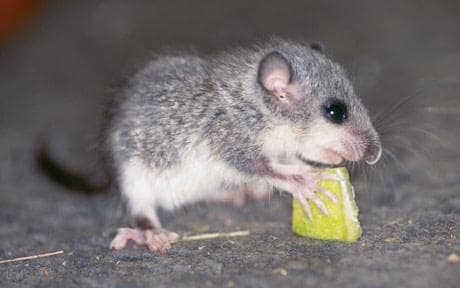London: High food availability during summer season, where hibernating animals such as the “edible dormouse” remain very active, contributes to their long life, a study has found.
Hibernation — a state of inactivity and metabolic depression in certain species of animals — has long been considered the secret behind the relatively long lifespan of the edible dormouse.
The study found that the increased food availability during summer time allows the animals to slow their cellular ageing.
“Unexpectedly, the true ‘fountain of youth’ is high food availability during the active season,” said Franz Hoelzl from the University of Veterinary Medicine Vienna in Austria.
However, the more frequently the animals get interrupted during their torpor phases — a state of decreased physiological activity in an animal, usually by a reduced body temperature and metabolic rate –, the more the telomeric caps got shortened, the study said.
Especially the so called arousals, repeated rewarming phases during which hibernaton repeatedly rewarm, led to tremendous shortening of telomeres — a compound structure at the end of a chromosome that form protective caps at the ends of the chromosomes to prevent genomic degradation.
When these telomeres become too short, cell division is no longer possible and the cell looses the potential to divide and dies, the researchers explained.
“Telomeres get shorter with every cell division and are therefore considered a biological marker of ageing,” Hoelzl added.
In addition, the the capability of dormice to elongate telomeres in normal body cells is very unusual, the study said.
In other organisms, including humans, telomere elongation occurs only in germ cells and tumour cells.
The edible dormice have somehow managed to keep their cells physiologically young without developing cancer, they noted.
In the study, the team chose a year with a low abundance of beechnuts – the hibernating animals’ main natural food source.
Then the animals were split into two groups. The diet of the first group was supplemented by sunflower seeds, while the other group was restricted to the naturally available food sources.
Using molecular methods they determined the telomere length.
The DNA analysis revealed that telomere length at the end of the experiment was directly correlated with food availability.
Only the group that received surplus food had longer telomere lengths at the end of the study.
The animals restricted to naturally occurring food sources, were barely able to compensate for telomere degradation, the researchers concluded, in the paper published in the Journal of Experimental Biology.
IANS

